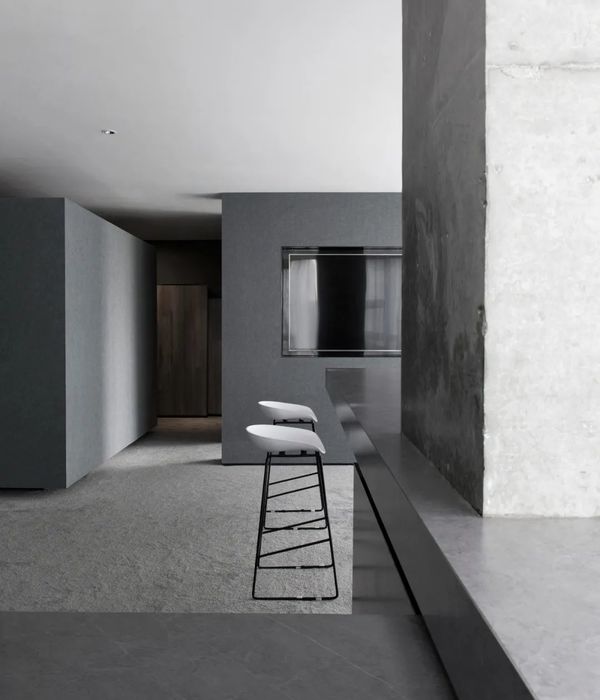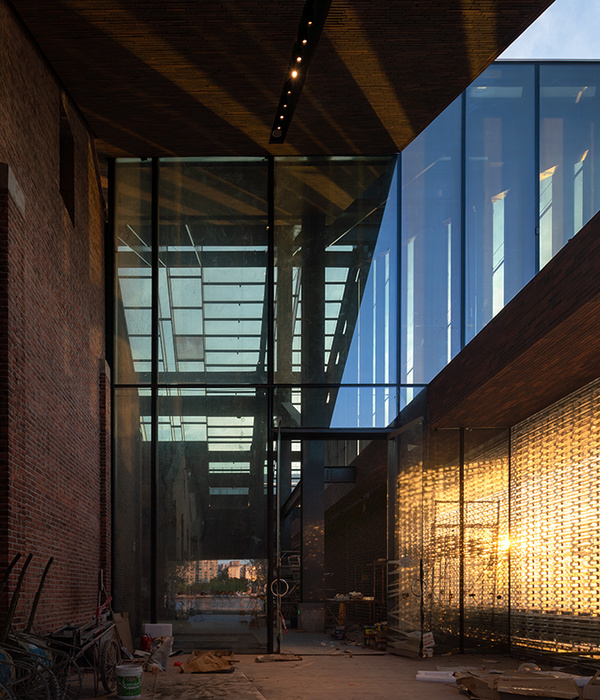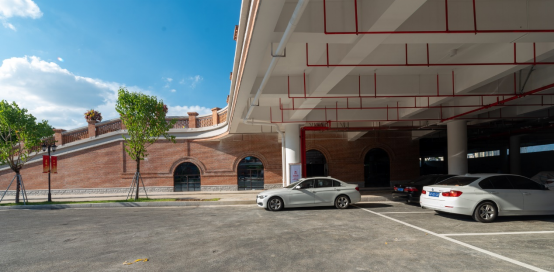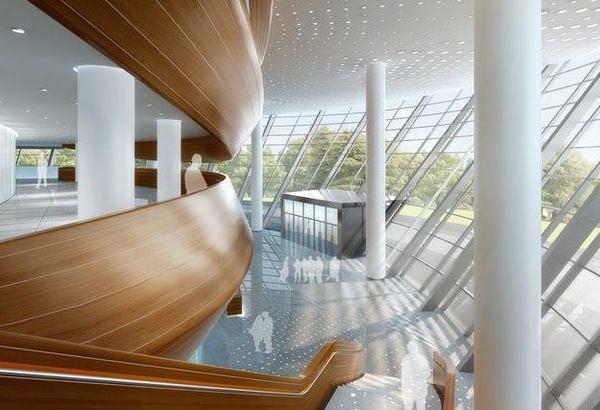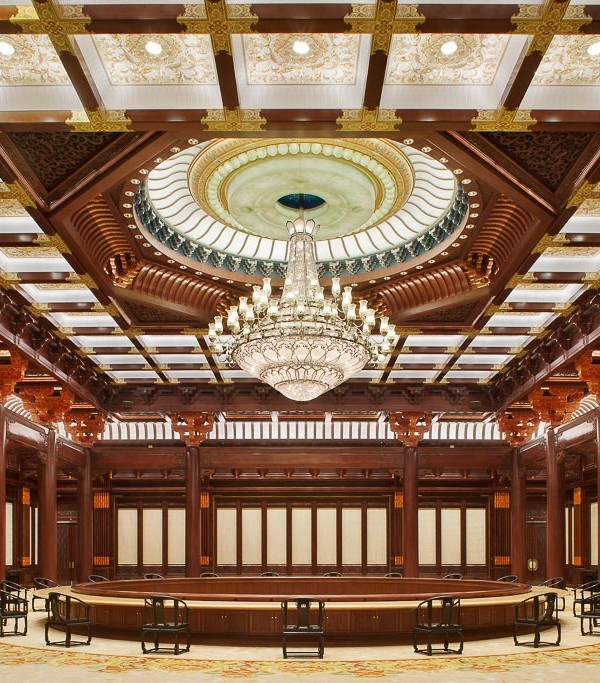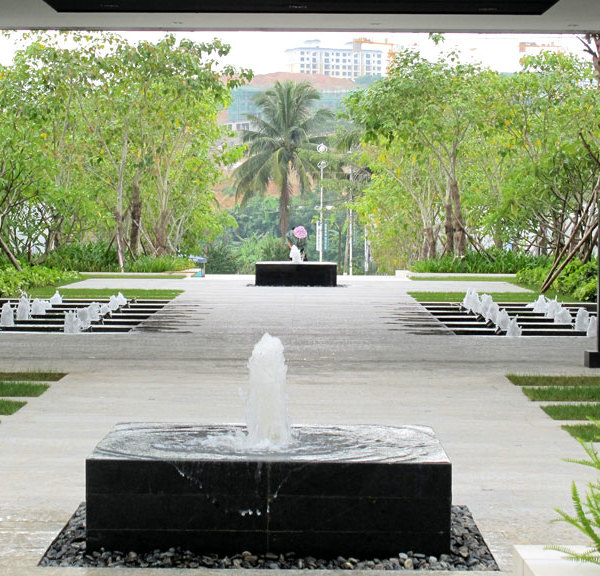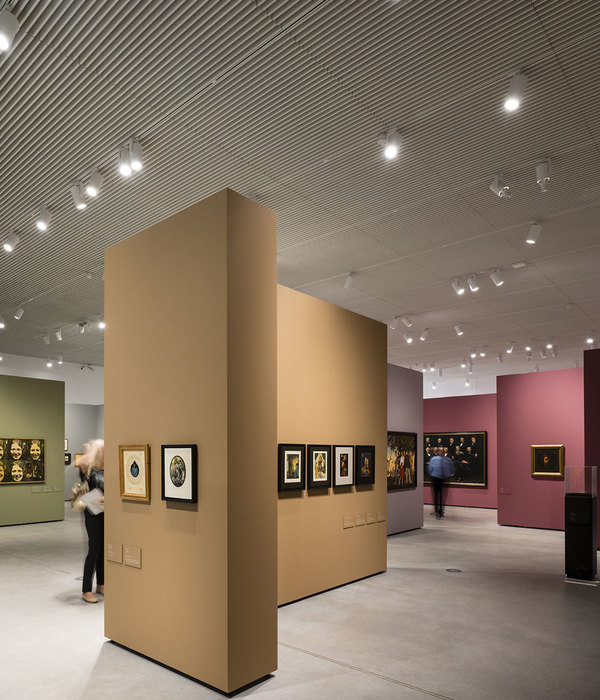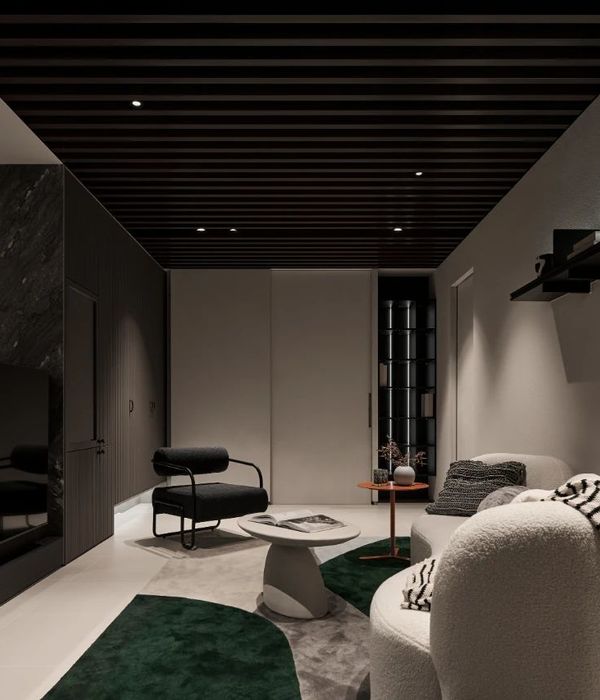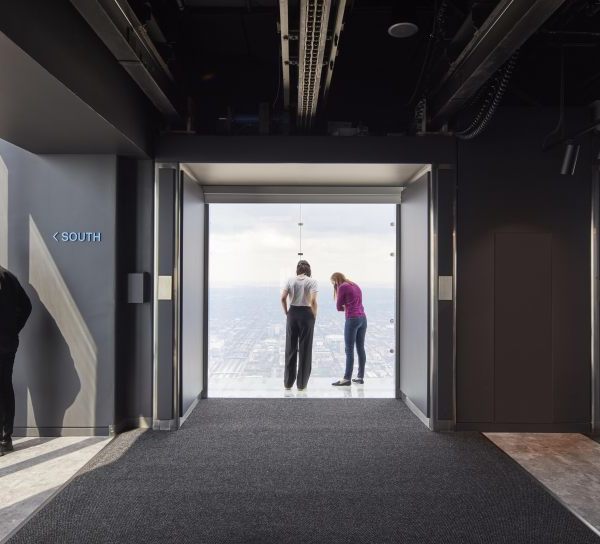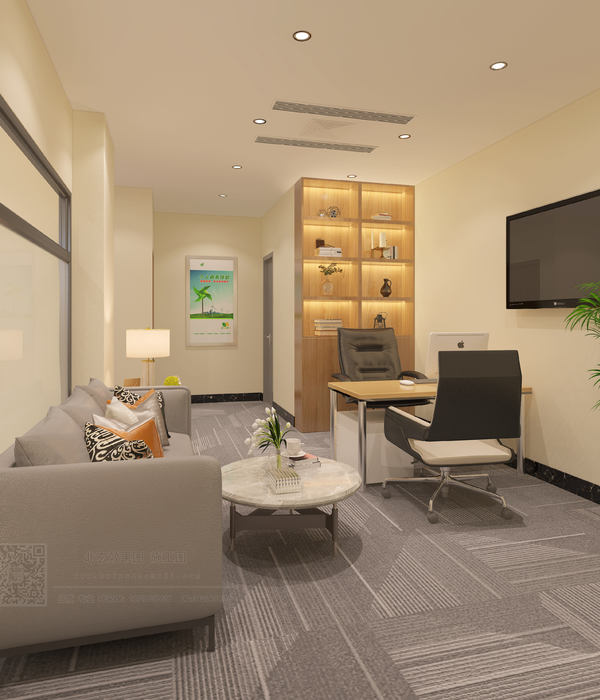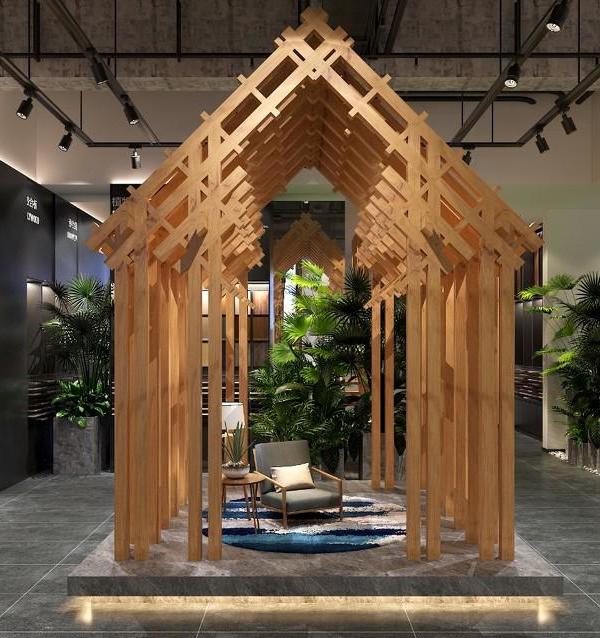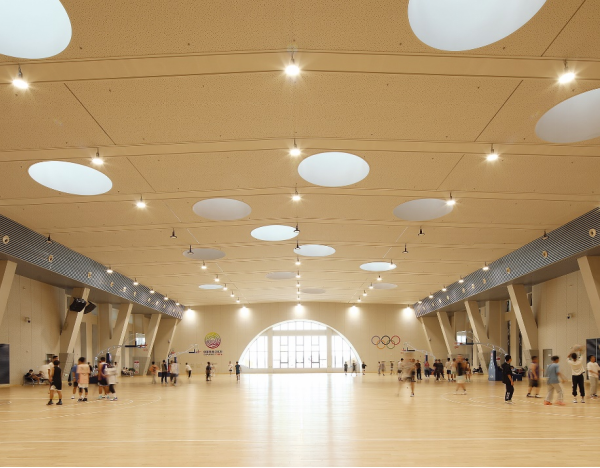Architects:Shulin Architectural Design
Area:424m²
Year:2021
Photographs:Ang Wu
Lead Architects:Lin Chen, Dongying Liu
Interior Architect:Aiyun Zhang
Structural Design:Liwen Chen
Design Consultant:Xiamen Paradise Island Cultural Tourism Development Co., Ltd.
Construction:Ningbo Jiahua Architecture Decoration Engineering Co., Ltd.
Chief Designer:Bojun Tang
Client:Ningbo Qiyun Tourism Culture Development Co., Ltd.
City:Ningbo
Country:China
Text description provided by the architects. Qixiakeng Village, located in Xikou Town, Fenghua, is the entrance to the ancient Qixiakeng Road. The narrow alley, covered in dense forests and surrounded by mountains and long canyons, was originally named Peach Blossom Pit. Its name later changed into Qixiakeng (Resting Pit for glowing coulds) as in autumn, the mountains are all covered with red maple leaves as if cast by the rosy sunset. The village is located in the valley with residential buildings along both sides of the stream. The stream under tiny pons, clear springs in running brooks, ancient trees, and the arising mist consist of the charm of the ancient Jiangnan village. If you self-drive to Qixiakeng Village, you will get off the expressway, pass through a mountain road, and circle around the reservoir for ten minutes with no villages to be seen. If you are lucky, you will also enjoy the picturesque view of the sparkling lake and surrounding mountains in the distance.
As a part of the supporting public area of the hotel complex, the restaurant is located by the stream right at the entrance to the village. It was rebuilt and reformed from a power station. The road into the village is not wide with only 3 meters in length and a high rocky ridge on one side. To keep the consistency, we made sure the outer boundary line of the building is within that of the old building. The restaurant faces the village road in the front, and the first floor is opened to the street through a whole large glass door, which gives way to the front of the old residential buildings. The glass surface creates a closer relationship between the first-floor space and the street for interaction and penetration. Meanwhile, passers-by will easily notice the water bar in the
Vividness - The restaurant is built on a trapezoidal plot beside the stream. Since there is not much space, we used the boundary of the building to the full. As a result, the building is in an irregular trapezoid, and only one corner is a right angle when viewed from the plane. The roof ridge is parallel to the boundary of the road, with the cornice of the roof horizontal on one side and the other becoming “oblique bangs”. This kind of roof form can also be seen everywhere in the village because of the terrain. The crooked eaves form a vivid and interesting relationship with the stream and the surrounding buildings so that it seems the restaurant has been here from the beginning. The original site of the power station is a two-story house with a solid volume relationship, which is quite different from the overall feature of the village. Therefore, we choose to demolish the upper part of the power station and changed the height by reducing the height of the first floor to make a sunken space. The half-open space on the roof made sure there is no close façade, while the two large-scale skylights are opened on the roof to make the space close to nature. Meanwhile, changes in structure is also used to make the roof lighter to follow the intuitive atmosphere brought by the village.
Conversion and connection - Grafting of memory: The power station is a symbol of the time in the village. Nowadays, it has been abandoned for many years and lost its functional value. It is transformed into a small bar and connected to the restaurant, while the reserved generator is used as a symbol of condensed memory. The retention of memory is an eternal topic for the countryside for without memory, there would be no culture. In terms of maintaining cultural heritage, restoring traditional buildings and retaining their shells may suffice, but the memory of life should be passed on in a more symbolic way. In the future, the countryside may enter the development period of prefabricated construction, energy conservation, environmental protection, community centralized planning, etc., but homogenization and productization need to be vigilant. We think a better way to promote countryside development and inherit cultural memory is to design architectures according to the local conditions and pass on memories with differentiated lifestyles and maintain local characteristics.
When researching the old architecture in the village, we found them similar in the morphological logic and materials. The façade of the first floor, the wooden wall, doors, and windows are filled in a wooden structure with upper and lower layers with a single-slope roof cornice in the middle. The first floor recedes to form a grey area. The second floor uses a flush structure, but the interface locates In the big cornice. Considering the damage of rain to wood materials. Most wooden structures in Jiangsu and Zhejiang provinces hide in the eaves to avoid being directly drenched by rain.
Changes in structure: We hope that the first floor of our restaurant is a large space without columns. In order to ensure transparency and integrity, the columns are staggers so the two facades are kept complete. On the second floor, a transparent wooden frame glass interface is used, which is separated from the system. The portal steel structure retreats and falls on the beam of the first floor. On the roof, the steel-wood structure is mixed and lapped to realize the fusion and conversion of steel and wood structures. The restaurant features a small area but a relatively complicated relationship between the structure and construction. The bar keeps the thick concrete base of the power station and is built up with a concrete frame system, which, as goes closer to the roof, changes into slender steel. A large steel column is split into two small square steel columns as support to conceal itself. From concrete to steel and then to wood structures, the building has realized the structural transformation from heavy to light. Rural construction makes us more daring to try various possibilities, and also makes the activities closer to reality, which is more in line with the current rural development.
Changes in experience: In the previous designs, the biggest pain point is how to make sure the three areas are both connected and separated in such a small area. The core space of the restaurant is the new building located in the middle of two old ones. The elevation of the restaurant needs to be consistent with the left and right, connecting the box space of the old house with the kitchen supporting room on the one side and the transformed power station leisure bar on the other. The power station bar has a very low ground level with a sunken space around the generator. Based on the height difference, the top floor of the bar has a half-open activity space connected with the second floor and can be used as an extension of the space for comprehensive use. The external staircase connects the bar and restaurant, weakening the boundary between function areas, which makes sure the two spaces are both linked and independent for flexible use and sharing. We believe that a future countryside is more diversified and differentiated with more attention to experience. Therefore, we want more possibilities for functions of each space so that with such flexibility people use the space more often. From the old house to the dining room to the semi-outdoor terrace, different spaces should give birth to changing physical experiences: people's bodies change from being wrapped to being released, which also fits in the different use of the space. Architecture often triggers various physical and mental experiences, and the space reveals not only itself but also affects people's sensory and behavioral experiences.
Seeing and being seen - However small the building is, it’s very important that it interacts with the surroundings. Surroundings create their own atmosphere for different buildings, while buildings that neglect the surroundings could only be called products to meet certain needs rather than vivid architectures. It’s enjoyable to make architecture in rich surroundings with roads, trees, streams, bridges, old houses, bamboo forests, mountains, etc., which are considered designed to give life to the architecture. "People on the bridge are watching the scenery, and people watching the scenery are watching you upstairs." It is such interdependence and interrelationship that make life poetic. Looking back at the restaurant on the old bridge, the restaurant becomes the landscape. Meanwhile, you can have a panoramic view of the old camphor tree and the old bridge and stream inside the restaurant. There is a sense of distance between people, and it is also interesting to add this ambiguous relationship to the expression of space by seeing and being seen.
Build the house - The owner of this project is a native of Fujian , As a Fujianese, he naturally yearns for the taste of life, as well as their unhurried and orderly habits, which make them pay great attention to food by having soup every meal. Every time we go to the scene, he serves his new dishes. Workers are from Fujian too, whose leader is from the same province and travels between Xiamen and Ningbo. They are quite careful, especially, since they are experienced in woodwork. The carpentry works in the interior of the building are all made on site, but are almost as perfect as factory construction, with the final result and details all satisfying. They made many samples for the paint, for we didn't want the color to be too light and yellow or too stuffy. After the first time painting, we covered it with another layer to achieve the current effect. Finally, the color and atmosphere presented in the space are still relatively comfortable.
Project gallery
Project location
Address:Qixiakeng Village, Fenghua District, Ningbo, Zhejiang, China
{{item.text_origin}}

